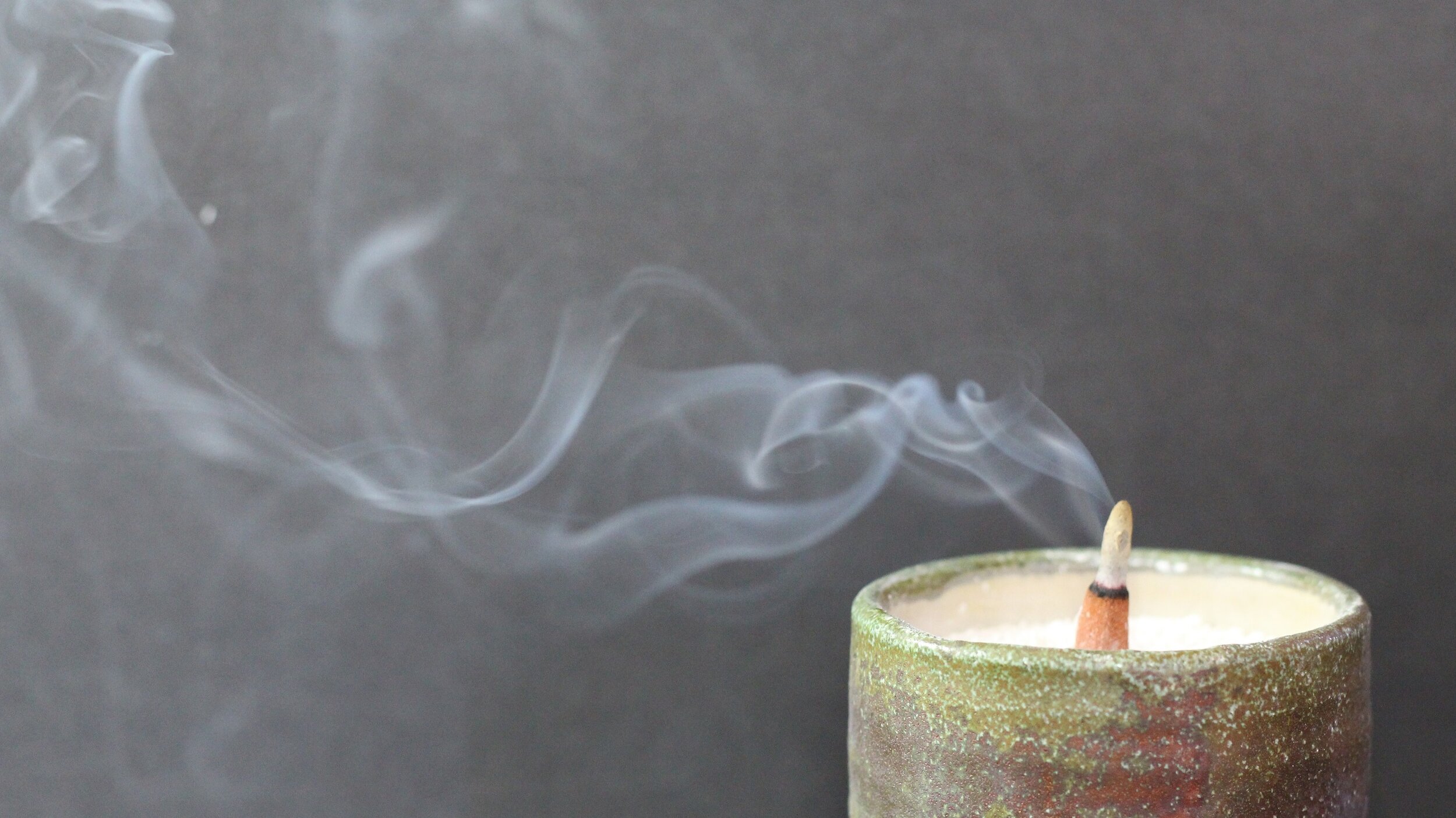
How To Make Incense
Incense Recipes
Here are a handful of recipes to get you started on the road to natural incense making. You can also use these recipes as a basis for creating your own, using aromatics and other ingredients that you prefer. All of the listed ingredients should be powdered and sifted before measuring.
Echoes of Japan
Let’s start with a recipe that was inspired by the land that has taken appreciation of incense to the highest level. This recipe includes nothing but classic Japanese ingredients.
Sandalwood: 2 teaspoons (base)
Clove: 1 teaspoon (base)
Tabu-no-ki: 2 teaspoons (binder)
Cinnamon: 1/2 teaspoon (aromatic)
Star anise: 1/2 teaspoon (aromatic)
Water: up to 4 teaspoons
Golden Sunset
This recipe incorporates elements from several different cultures to create one harmonious blend. For a fun variation, replace the myrrh with oppoponox (“sweet myrrh”). I like to use wine in place of water for this recipe.
Sandalwood: 1 Tablespoon (base)
Clove: 1/2 teaspoon (base)
Magic Makko: 2 teaspoons (base & binder)
Lavender: 1/2 teaspoon (aromatic)
Myrrh: 1/4 teaspoon (aromatic)
Palo Santo: 1/4 teaspoon (aromatic)
Water/wine: Up to 1 1/2 Tablespoons
Eastern Star
This recipe incorporates 2 very famous resins with one of the most widely used binders in the world. This recipe uses joss powder both as a base and a binder, so no other wood powder is used.
Joss: 2 Tablespoons (base & binder)
Frankincense: 1/2 teaspoon (aromatic)
Myrrh: 1/4 teaspoon (aromatic)
Water: up to 2 teaspoons
Three Sages
I love this blend. I first published this recipe in the 2nd Edition of Incense: Crafting & Use of Magickal Scents, but I used the recipe in workshops for years before that. Not only is it a wonderful scent, and a great way to clear a space, but it also has some overtones of the Christmas story.
Sandalwood: 4 1/2 teaspoons (base)
Tragacanth gum: 1/8 teaspoon (binder)
Desert Sage: 1/2 teaspoon (aromatic)
Garden Sage: 1/2 teaspoon (aromatic)
White Sage: 1/2 teaspoon (aromatic)
Water (or white wine): up to 2 1/2 teaspoons